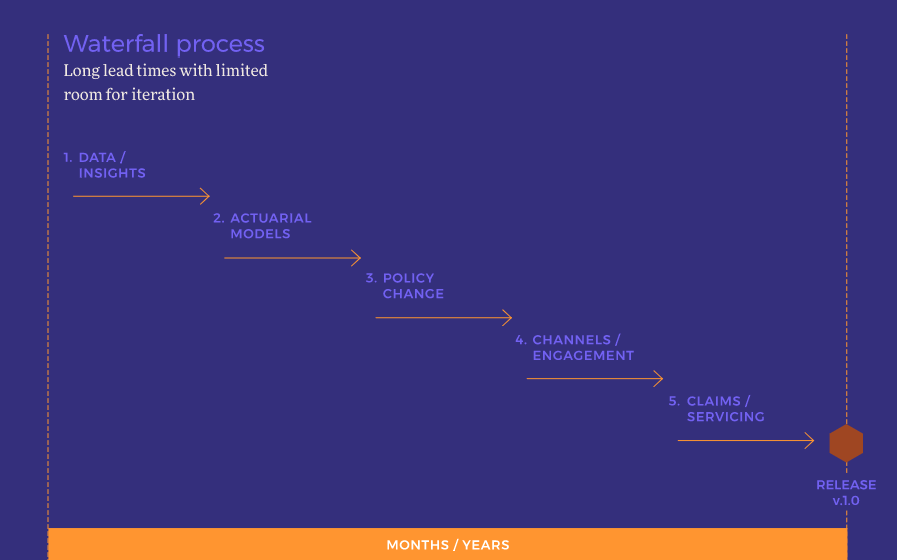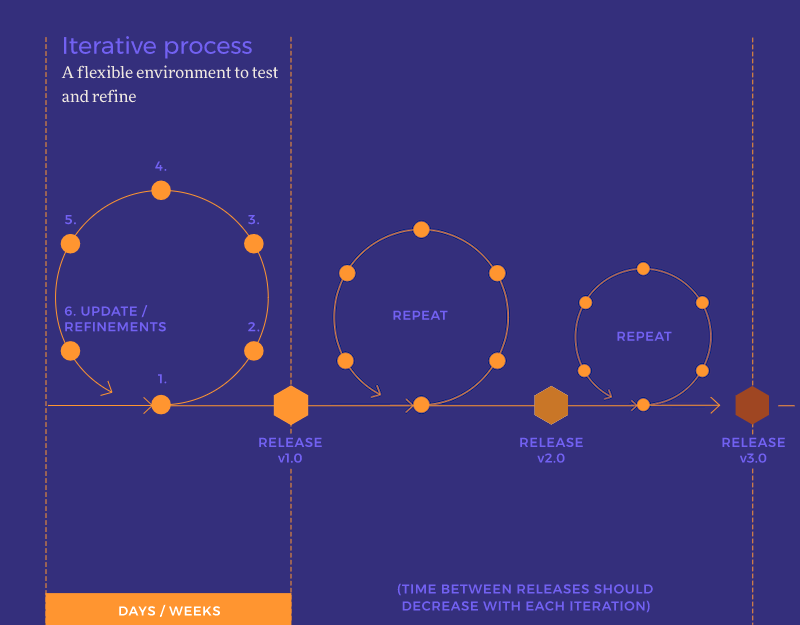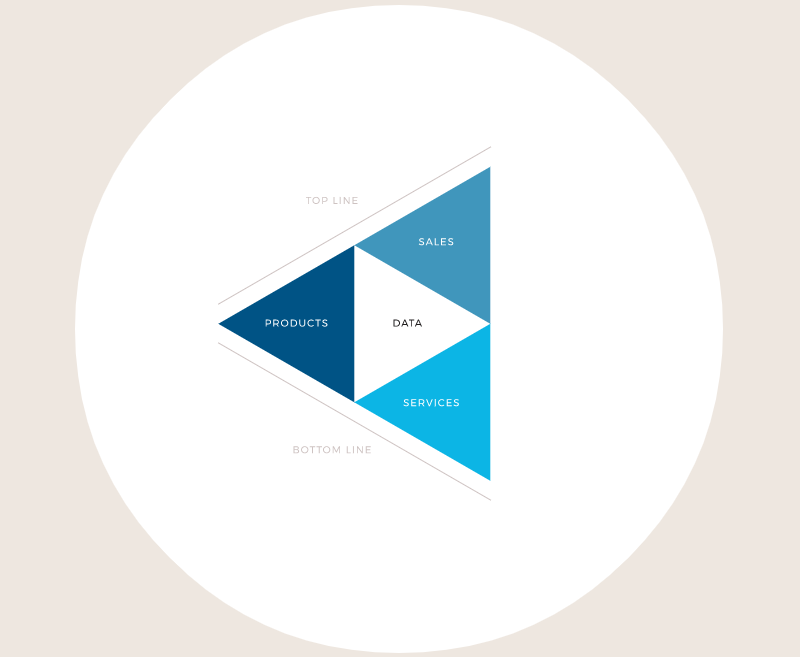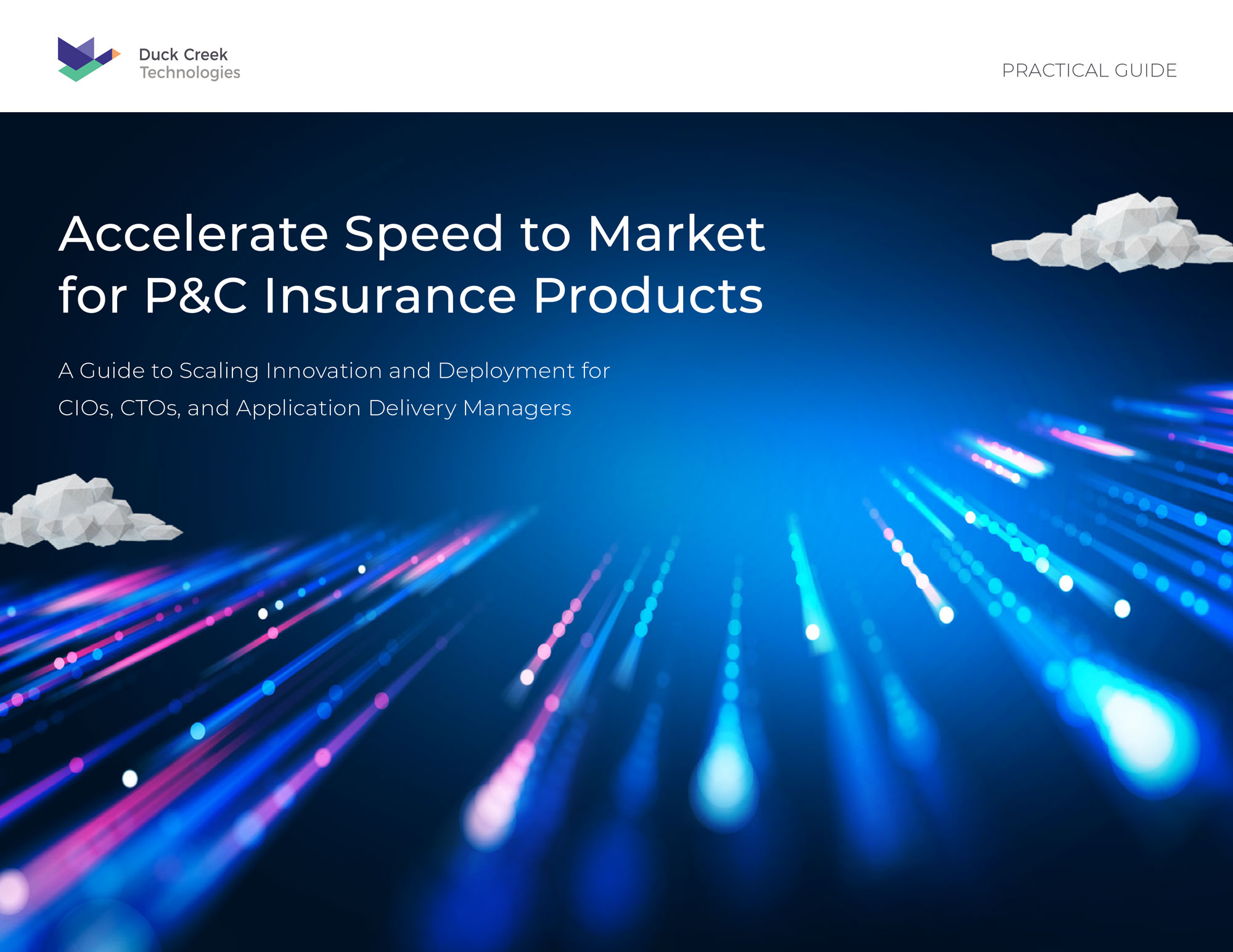Editor’s note: this is the fourth in our Solving For Tomorrow series, in which we offer our thoughts on the state of the insurance industry, the challenges carriers face now, and the opportunities they must take advantage of to remain competitive in an ever-changing future. Stay tuned in the coming months, as this will be a regularly published series. We hope you enjoy and learn, and we’re always happy to receive your questions and feedback. In case you missed it, you can read our last installment here.
In our last installment, we discussed major forces shaping our industry, delving into Wildcards – forces with as-yet undefined impact. In this installment, we will cover ways to respond to these forces – and begin to discuss what carriers need to do now to prepare for a future defined by change.
What This Adds Up To
Implications for how carriers need to respond
A clear picture is emerging of what all of this means for carriers as they move into the unknown. All roads point toward the need for a new way of building and distributing products and services.
The traditional step-wise process – where data informs actuarial models, which then define specifications, that are built and distributed across channels, that are finally maintained by claims/billing systems – is no longer adequate.
Data was once relegated to only what was manually captured (in structured spreadsheets) and inputted into isolated variables. Now, data needs to be collected across every interaction and almost instantaneously interpreted into insights that are fed into future product/service/channel development.
Timelines have shrunk as well – updates to products and services now need to happen within weeks (if not days), instead of months.
The result is a model of building and distribution that resembles rapid, iterative “feedback loops” rather than the traditional waterfall project plan.


In the end, speed will characterize carriers’ survival in this new marketplace. Speed in the ability to collect, analyze, and properly interpret data from a growing number of sources. Speed in the ability to update / change products and algorithms to reflect newly uncovered insights. Speed in the ability to launch into new channels and geographies at a moment’s notice.
Speed – because it doesn’t matter if carriers can correctly predict where things are going to be in five years’ time. As long as their organization is built on a platform that allows them to move fast and stay nimble, they’ll always be able to keep up and stay ahead of change.
What Carriers Need To Do
Imperatives for how to build for speed
Getting there is easier said than done. For many carriers, building for speed requires a 180-degree shift. It requires leadership to move away from thinking “What can we do with what we have today?” toward “What would I do if I could build this company from scratch?”
This view of the future requires that Product, Sales, and Service talk to one another via a constant stream of data that is translated (by man or machine) into rich insights. It requires a nimble and insights-driven platform that is built for change – whether it be to ratings, to channels, or to scale.

There is also the issue of ROI. As we said in the Big Data section of our previous Wildcards post, existing systems make it difficult for carriers to test and predict the financial outcome to products and services. Therefore, large-scale, system-level changes are an even harder sell for carriers who do not want to be guinea pigs for an unproven way of working. This new system must be able to isolate changes so carriers are able to test and refine concepts in a safe environment before full launch.
In our next installment, we will delve into how these concepts can be applied to product development. If you can't wait to read more, download The Future Playbook today.
